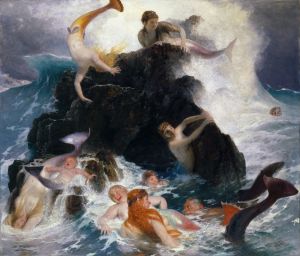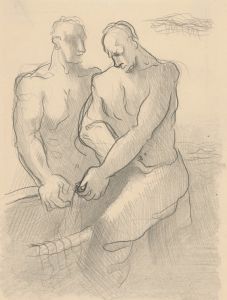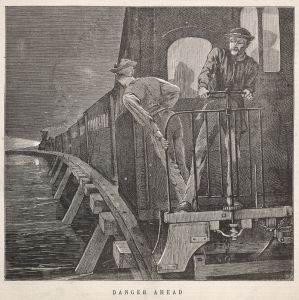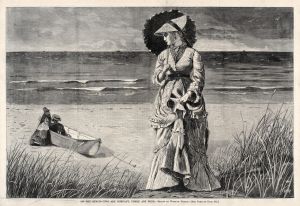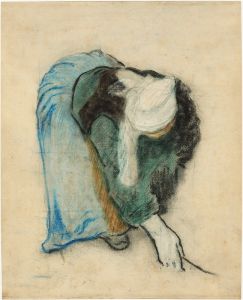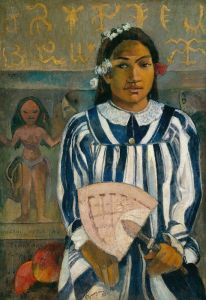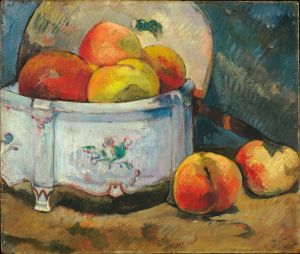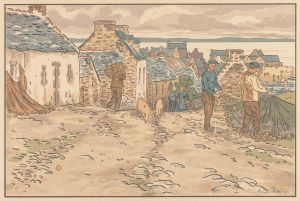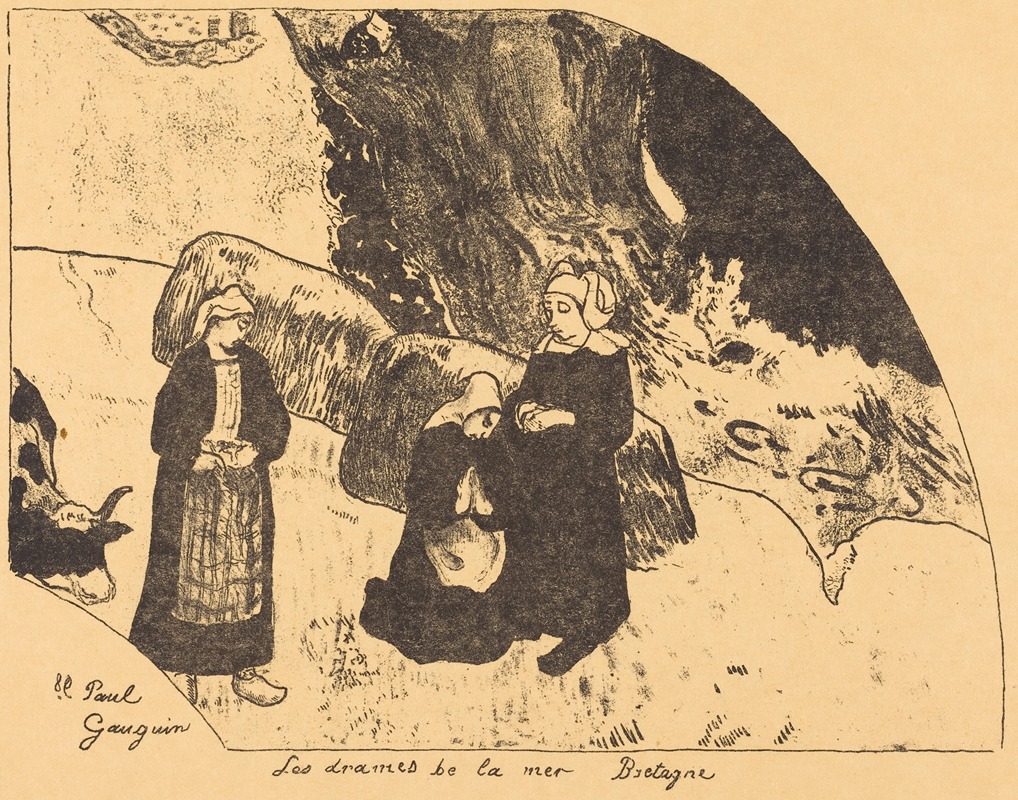
Dramas of the Sea, Brittany
A hand-painted replica of Paul Gauguin’s masterpiece Dramas of the Sea, Brittany, meticulously crafted by professional artists to capture the true essence of the original. Each piece is created with museum-quality canvas and rare mineral pigments, carefully painted by experienced artists with delicate brushstrokes and rich, layered colors to perfectly recreate the texture of the original artwork. Unlike machine-printed reproductions, this hand-painted version brings the painting to life, infused with the artist’s emotions and skill in every stroke. Whether for personal collection or home decoration, it instantly elevates the artistic atmosphere of any space.
Paul Gauguin's Dramas of the Sea, Brittany is a painting created during the artist's time in Brittany, a region in northwestern France, where he spent several periods in the late 19th century. Gauguin, a leading figure of Post-Impressionism, sought to move beyond the naturalistic depictions of Impressionism and instead focused on symbolic and emotional expression in his art. His time in Brittany, particularly in the village of Pont-Aven, was a formative period in his career, as he developed his distinctive style and became associated with the Pont-Aven School.
The painting reflects Gauguin's interest in the rugged coastal landscapes of Brittany and the lives of its inhabitants, particularly fishermen and their connection to the sea. The title, Dramas of the Sea, suggests a narrative or emotional dimension, possibly alluding to the dangers and hardships faced by those who rely on the sea for their livelihood. The work is characteristic of Gauguin's approach during this period, which often combined bold colors, simplified forms, and a sense of spiritual or symbolic depth.
Gauguin's time in Brittany was marked by his fascination with the region's traditional culture, which he perceived as unspoiled and authentic compared to the industrialized modernity of Paris. This interest is evident in many of his works from this period, which often depict Breton landscapes, religious customs, and local people. While Dramas of the Sea, Brittany specifically focuses on the maritime aspect of the region, it also reflects Gauguin's broader artistic goals of capturing the essence of a place and its people through a subjective and imaginative lens.
The painting is an example of Gauguin's use of color and composition to evoke mood and meaning. Rather than striving for photographic realism, Gauguin employed a more abstract and expressive approach, using color and form to convey the emotional and symbolic resonance of the scene. This technique was influential in the development of modern art, inspiring later movements such as Symbolism and Fauvism.
Dramas of the Sea, Brittany is part of Gauguin's broader body of work from his time in Brittany, which includes other notable paintings such as The Vision After the Sermon and Yellow Christ. These works collectively highlight Gauguin's innovative approach to art and his desire to explore themes of spirituality, nature, and human experience.
Further details about the specific location of the painting or its current whereabouts are not widely documented.





